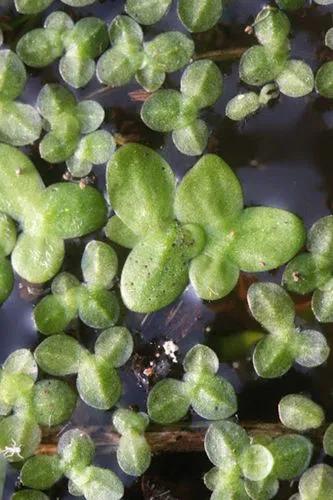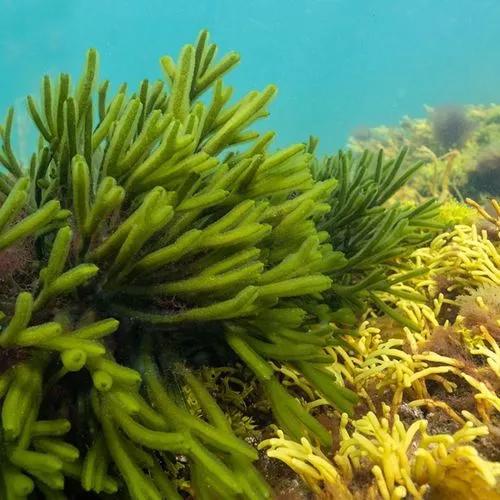Utricularia vulgaris (greater bladderwort or common bladderwort) is an aquatic species of bladderwort found in Asia and Europe. The plant is a free-floating and does not put down roots. Stems can attain lengths of over one metre in a single growing season, but die back and form turions in winter. The leaves are finely pinnately divided, between one and eight centimetres long and carry many bladder-like traps. The yellow flowers are borne on stalks above the surface of the water between April and August. In eastern Asia and North America, its place is taken by the related species U. macrorhiza.
Utricularia Care
Utricularia Vulgaris
Other names: Greater Bladderwort



How to Care for the Plant

Water

boggy water rich in tannins

Pruning

Doesnt beed pruning

Fertilizer

Aquatic bladderwort traps are under water and quite small. Their common “foods” are daphnia, mosquito wigglers, and protozoa. Catching abundant prey is a significant growth factor. They do a marvelous job of attracting and catching prey all on their own when provided with an adequate supply.

Sunlight

moderate light

Soil

Most terrestrial bladderworts thrive in a standard Carnivorous Plant soil mix of 1 part sand and 1 part peat. Though the sand-peat ratio is not critical, most prefer a more peaty mix, and some prefer live sphagnum moss. Use mineral-free water and for most bladderworts, keep the soil very wet.

Temperature

Temperatures for these plants should range in the 60's to 80's. Some will go dormant when the temperatures get so hot it dries out the soil. Depending on the dormancy requirements for your species, it is safe to remain in temperatures that are mild and not too hot ( unless otherwise noted ).
Discover more plants with the list below
Popular articles






